I have am experimenting with an MDB device. I have a simple setup, with an MDB master, and my own NXP EVK board which acts as slave.
I started with just a logic analyzer, to verify that I see communication on the bus. In the image below I can see the master is polling.
I had to change some settings in the channel analyzer in order to read this.
I need to "invert" the signal. I don't fully understand what that means. I thought it would mean that 1s are 0s and vice versa. Reading this answer made clear it's more complicated than simply inverting all bits. (still have a hard time really understanding what it is).
Anyway, I thought let's try to read this in my NXP chip. So I hooked up the master signal to my LPUART3 rx pin, enabled interrupts and read the DATA register when the interrupt fires.
In my main function I print the 16bit word in both hex and binary to see what I receive.
But instead of the 0x112, I keep reading 0x13b.
2021-09-18 21:04:12,063 [DEBUG][thread: 10][UartReader] 0x13b bin 100111011
I am looking at the bits of 0x13b vs 0x112 (for probably way too long now) and trying to see the magical trick how to convert it. I don't see it. At all.
Who can make me a bit smarter on this topic?

